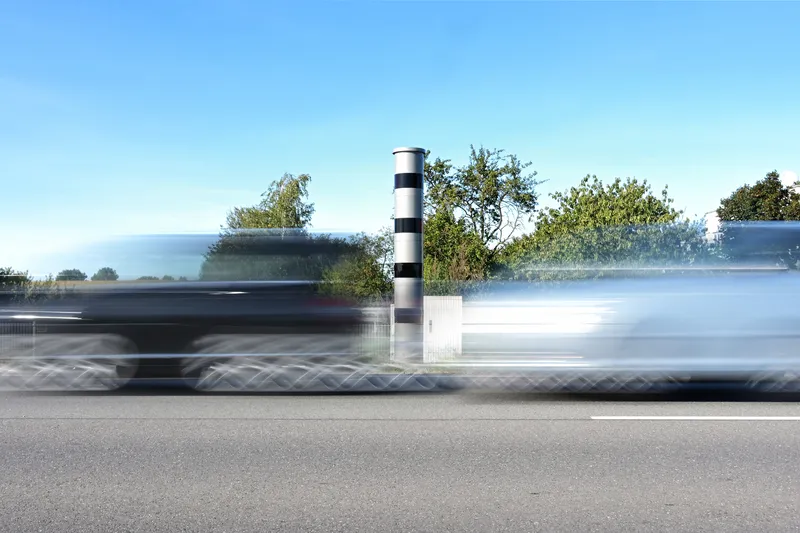Traffic safety researchers at the
Called the AIT Mobility Observation Box, the solution assesses crossings to help provide a basis for targeted improvement actions and for determining where the risk to pedestrians is highest. It can also be deployed in the new planning of crossings though collecting data of pedestrians crossing the street.
The innovation is based on complex algorithms that measure the behaviour of each vehicle and pedestrian. It is designed with the intention of capturing the readiness to stop objectively and over a longer period.
Peter Saleh, senior research engineer at the AIT Center for Mobility Systems: "With the Mobility Observation Box, we are providing road infrastructure operators with a tool that can actually help prevent accidents at zebra crossings and thus save human lives. We want to and are really able to help turn uncontrolled road crossings into truly protective pedestrian crossings."
AIT Mobility launch platform to make pedestrian crossings safer
Traffic safety researchers at the Austrian Institute of Technology (AIT) and Slr Engineering have launched a tool that aims to evaluate the safety of pedestrian crossings and make them comparable as part of a research project. The platform is said to be particularly ideal for children and adolescents making their way to school who particularly require a road infrastructure that enables them to reach their destination safely. Called the AIT Mobility Observation Box, the solution assesses crossings to help
March 15, 2018
Read time: 2 mins









